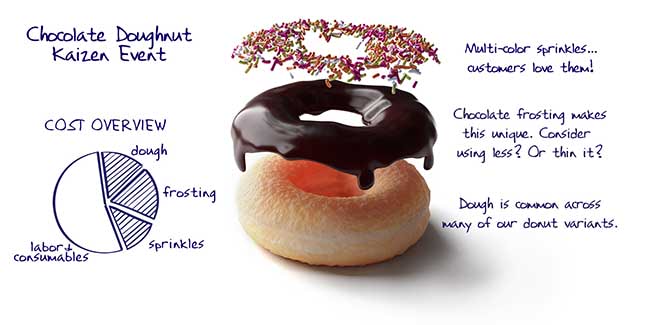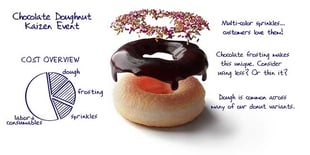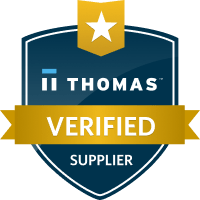Value Engineering of Mature Products is Really a Thing

Written by Hans Dittmar
While there is a lot of discussion revolving around the differences between DfM, DfA and Value Engineering, they share many traits. Value Engineering is a process — originally developed and named by GE — that is considered by many to be applicable to cost saving ideas applied during the product design cycle.
But there's much more to it; including benefits for OEMs with mature products.
Just because a product is in a run rate stage does not mean that it can’t benefit from many of the general philosophies of Value Engineering. This is especially true with products that have not yet been reviewed during the manufacturing stage; it is rare that there are not improved methodologies or component level improvements that can be made. The only products that can not benefit from VE are the ones that are already perfect, which is clearly almost always not the case.
There are several things to consider when examining the viability of the value engineering process on a product that is past the development stage and being manufactured. Many of these are akin to DfM (Design for Manufacturability) and there is some overlap, and in many product assessment processes it is best to combine philosophies of the two together. DfM activities are enhanced by overlaying the general principles of Value Engineering.
Leverage partnerships
Everyone knows that having the proverbial ‘fresh set of eyes’ on something can result in new ideas and often results in interesting discussions. When products are being designed, there are many decisions that are made with current information and leveraging the level of experience of the designer or design team at that point.
Even if a product's design utilizes the best options available at the time it was developed, things improve over time and new technologies are introduced. While it’s possible that many of those decisions were perfect and remain so, undoubtedly some are not. It can be challenging to have the team who designed a product to review the design and expect things to be questioned.
If you allow a partner to review the product without those preconceptions, good things can happen. Benefits can reveal themselves in a variety of ways, including changes to make/buy for components, kitting of parts, an overall reduction of components, manufacturing processes, supply chain changes and many other aspects of the production processes. It does not always involve design changes, either. Logistics, FRU (Field Replacement Unit) development, process automation and many more changes can result in a lower cost and higher quality without changing the product itself in any way.
We also have a paper on the benefits of giving an outsource manufacturing partner flexibility to leverage their aggregate experience.
Manufacturing processes
As mentioned above, engaging the right contract manufacturer can benefit your product by leveraging their expertise; find a partner that offers an integrated process for true DfM and knows how to produce products that align with your own.
The right contract manufacturer will help by assessing and improving several things:
- Efficiency in the assembly process, from order of assembly to tools and fixtures.
- Testing improvements and automation where possible.
- Improvements in the supply chain, including leveraging the CM’s existing supplier base and combined purchasing power.
- Improvements to product logistics, from packaging to catered stocking programs.
- Field service improvements, both process and service kit development and management.
The real appeal of these updates is that they require very little effort and do not lead to new product revisions and thus do not require the resources to update drawings, recertify products or execute other paperwork associated with product change.
Testing & Quality Control Efficiencies
Any product that requires a testing or quality control process prior to shipping also presents opportunities for gained efficiency in the execution of those elements.
Automation of a testing process that is manual is often one way to reduce costs. Mature products that have been in production for some time likely had fewer options for automation when the test process was initially developed. Technology has moved at a tremendous pace, and new tools are constantly introduced. While moving from a manual process to an automated fixture, GMI has saved OEMs as much as 90% of the labor time required to test. This leads to significant savings, since it is repeated on each unit tested. It also leads to saving in the field, when service technicians leverage these automated tools. Additionally, quality is increased as a result of automation.
There are many ways to reduce cost associated with existing products. Some require less effort than others, but it is critical to involve a partner that offers the technical savvy combined with a team that embraces efficiencies and has systems in place to accommodate - and encourage - cost reductions at every stage of a product's life.
Yes, Value Engineering of mature products is really a thing.
To dive more deeply into Value Engineering, check out our white paper “The Benefits — and Pitfalls — of Value Engineering”
To get help assessing your product, reach out to us today to have a conversation on the benefits of Value Engineering and how it can be applied to your outsourced products!
The GMI Solutions Team




